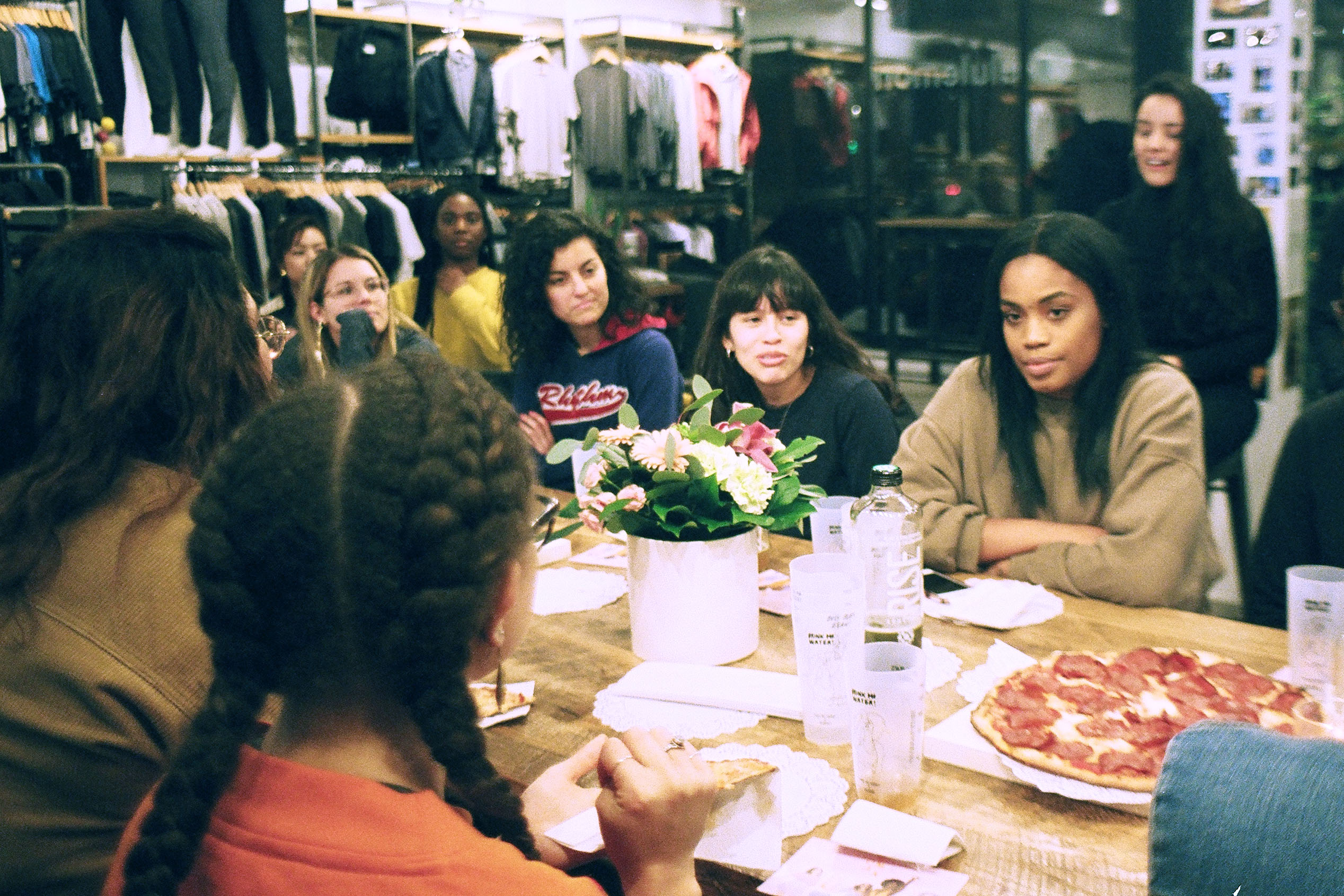The Woman Power helps women around the city embrace their diversity
International Women’s Day is meant to celebrate women all around the globe. It’s a day when we commemorate what women have accomplished and address what has yet to be done. It’s a day when women are celebrated in all their diversity. Hanna Che co-founded a platform called The Woman Power in response to this lack of representation. “I grew up in Montreal-North and when I was younger, I never saw anything on TV that represented me or my reality,” said Che.
The reality is that diversity amongst women isn’t always embraced. In mainstream media, marginalized women, especially women of colour and of the LGBTQ+ community, are often underrepresented. The Woman Power is a platform that gives a voice to anyone identifying as a woman and highlights women of all ethnic and cultural backgrounds through their work. “We wanted to create something positive,” said Che. “We live in an era where it’s easy to be angry at everything and we wanted to change the narrative of the angry black woman.”
The Woman Power started in 2016. At that time, it operated almost exclusively through Instagram and other social media platforms. “Since we existed on social media, we wanted to bring people that followed us online to meet in real life,” said Che, “That’s why we created The Sisterhood.”
The Sisterhood was created two years ago. “It’s a safe space where women get to discuss various subjects and share experiences with each other,” Che said.
Che explained that every month, members of The Woman Power pick a topic for the meeting (such as mental illness, digital identity, etc.) and from there, they formulate questions to lead discussions. The team is there as guidance, not to give advice to the women attending. The meetings are about letting women take control of the conversation and allowing them to share their stories with each other.
“We’re all about positivity,” Che said, “It’s about personal development, learning to love yourself, listening to other people’s stories and coming out a better human being.”
The Sisterhood is not the only way The Woman Power is trying to expand beyond social media. Last November, they launched a bilingual podcast.
For the podcast’s first season, Che explained that they chose to feature female artists from Montreal such as Richenda Grazette, Anick Jasmin, Feza S. Lugoma and more. Each guest discusses their work and talks about the importance of art, culture and women in Montreal. These artists are also contributors to the installation called Les vraies Demoiselles d’Avignon which was presented in the exposition D’Afrique aux Amériques : Picasso en face-à-face, d’hier à aujourd’hui at The Montreal Museum of Fine Arts.
Members of The Woman Power are currently working on the next season of their podcast, set to be released this summer. Che said new artists will be invited to discuss the theme of identity, which will be the main focus of the upcoming season.
The Woman Power is always thinking of new projects to delve into. They want to create more content and grow as a platform to spread their message to more people, Che said. Even if Women’s Day only happens on March 8, The Woman Power celebrates women 365 days a year and encourages them to join the worldwide conversation about issues women still face today.
Feature photo courtesy of Tyra Muria Trono
